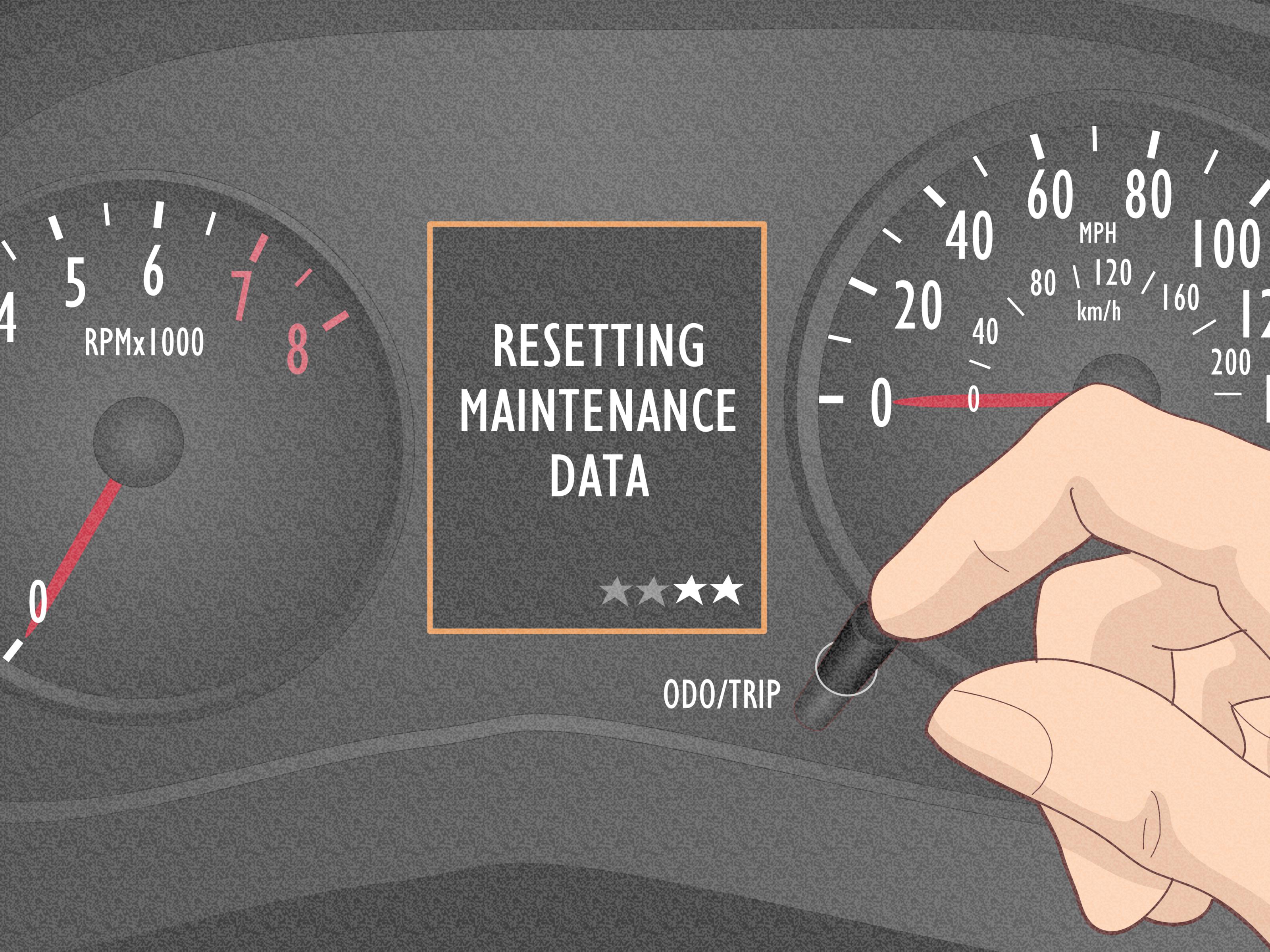How To Reset Change Engine Oil Soon Light

The dreaded “Change Engine Oil Soon” light. It’s a familiar sight to many car owners, a nagging reminder that preventative maintenance is due. While some might dismiss it as an annoyance, understanding why this light illuminates and knowing how to properly reset it is crucial for maintaining your vehicle’s longevity and performance. This article provides a comprehensive guide for automotive enthusiasts, mechanics, and DIY car owners on the 'Change Engine Oil Soon' light.
Understanding the "Change Engine Oil Soon" Light
The "Change Engine Oil Soon" light is typically part of your vehicle's Oil Life Monitoring System (OLMS). This system isn't a simple oil quality sensor, although some advanced systems do incorporate those. Instead, it's a sophisticated algorithm that estimates oil degradation based on various factors, including:
- Engine RPM: Higher engine speeds equate to more wear and tear on the oil.
- Engine Temperature: Excessive heat accelerates oil breakdown.
- Driving Conditions: Frequent stop-and-go traffic, towing, and aggressive driving place greater stress on the oil.
- Mileage: A primary factor, though not the only one considered.
The OLMS uses this data to predict when the oil has reached its effective lifespan and then triggers the "Change Engine Oil Soon" light. Ignoring this light can lead to:
- Increased Engine Wear: Deteriorated oil loses its lubricating properties, causing increased friction and wear on critical engine components like bearings, pistons, and camshafts.
- Sludge Buildup: Old oil can form sludge, restricting oil flow and potentially leading to engine failure.
- Reduced Fuel Economy: Poorly lubricated engines require more energy to operate, resulting in decreased fuel efficiency.
Resetting the "Change Engine Oil Soon" Light: Step-by-Step
After performing an oil change, it's essential to reset the OLMS to ensure accurate monitoring for the next interval. The reset procedure varies significantly depending on the vehicle make and model. Here's a general overview, followed by specific examples:
- Consult Your Owner's Manual: This is the most crucial step. Your owner's manual provides the exact reset procedure for your specific vehicle.
- Common Reset Methods:
- Dashboard Controls: Many vehicles use a combination of buttons on the instrument cluster (like the odometer reset button, trip button, or menu navigation buttons) to access the oil life reset function. The procedure typically involves turning the ignition on (but not starting the engine), navigating through the menu using the buttons, and selecting "Oil Life Reset" or a similar option.
- Infotainment System: Newer vehicles often integrate the oil life reset function into the infotainment system. Navigate through the settings menus to find the maintenance or oil life reset option.
- OBDII Scanner: A generic OBDII (On-Board Diagnostics II) scanner can sometimes be used to reset the oil life monitor, although this is less common and requires a scanner with specific functionality. Professional-grade scanners usually have this capability.
Specific Reset Examples:
Here are a few examples of reset procedures for popular vehicle models. Remember to always consult your owner's manual for the correct procedure for your vehicle.
- Chevrolet/GMC Trucks: Turn the ignition to the "on" position (engine off). Use the steering wheel controls to navigate to the "Oil Life Remaining" display. Press and hold the "Set/Reset" button until the display shows "Oil Life Reset." Release the button. The oil life should now be reset to 100%.
- Honda: With the ignition on (engine off), repeatedly press the "Select/Reset" button until the oil life percentage is displayed. Press and hold the button until the oil life display begins to blink. Release the button, then press and hold it again until the oil life resets to 100%.
- Toyota: Turn the ignition on (engine off). Ensure the odometer is displaying Trip A. Turn the ignition off. Press and hold the odometer reset button. Turn the ignition back on, keeping the button pressed. Continue holding the button until the oil reset indicator goes out and the odometer displays "000000."
Troubleshooting and Important Considerations
If you're unable to reset the light, consider the following:
- Confirm the Oil Change: Ensure that the oil change was actually performed. A shop may have forgotten to reset the light.
- Check for Other Issues: A persistent "Change Engine Oil Soon" light *after* resetting could indicate a more serious problem with the engine or the OLMS itself. Consult a qualified mechanic for diagnosis.
- Incorrect Procedure: Double-check that you're following the correct reset procedure for your specific vehicle. Minor variations can make a significant difference.
- Faulty Sensors: In rare cases, a faulty sensor related to engine temperature or oil pressure could trigger the light prematurely.
Proper maintenance, including regular oil changes and accurate OLMS resets, is paramount for the health and longevity of your vehicle's engine. Understanding the system and following the correct procedures will help you keep your car running smoothly for years to come.
